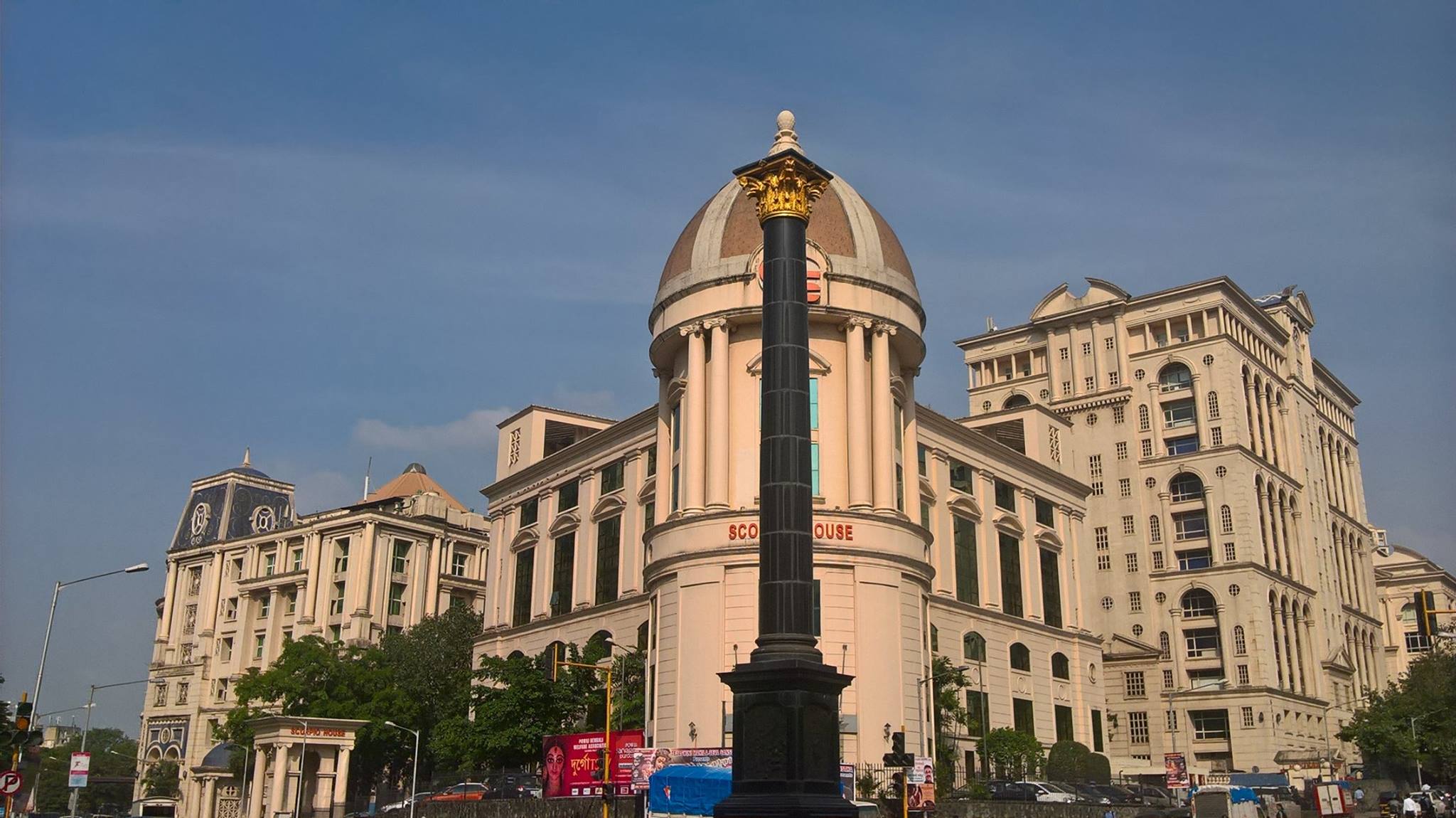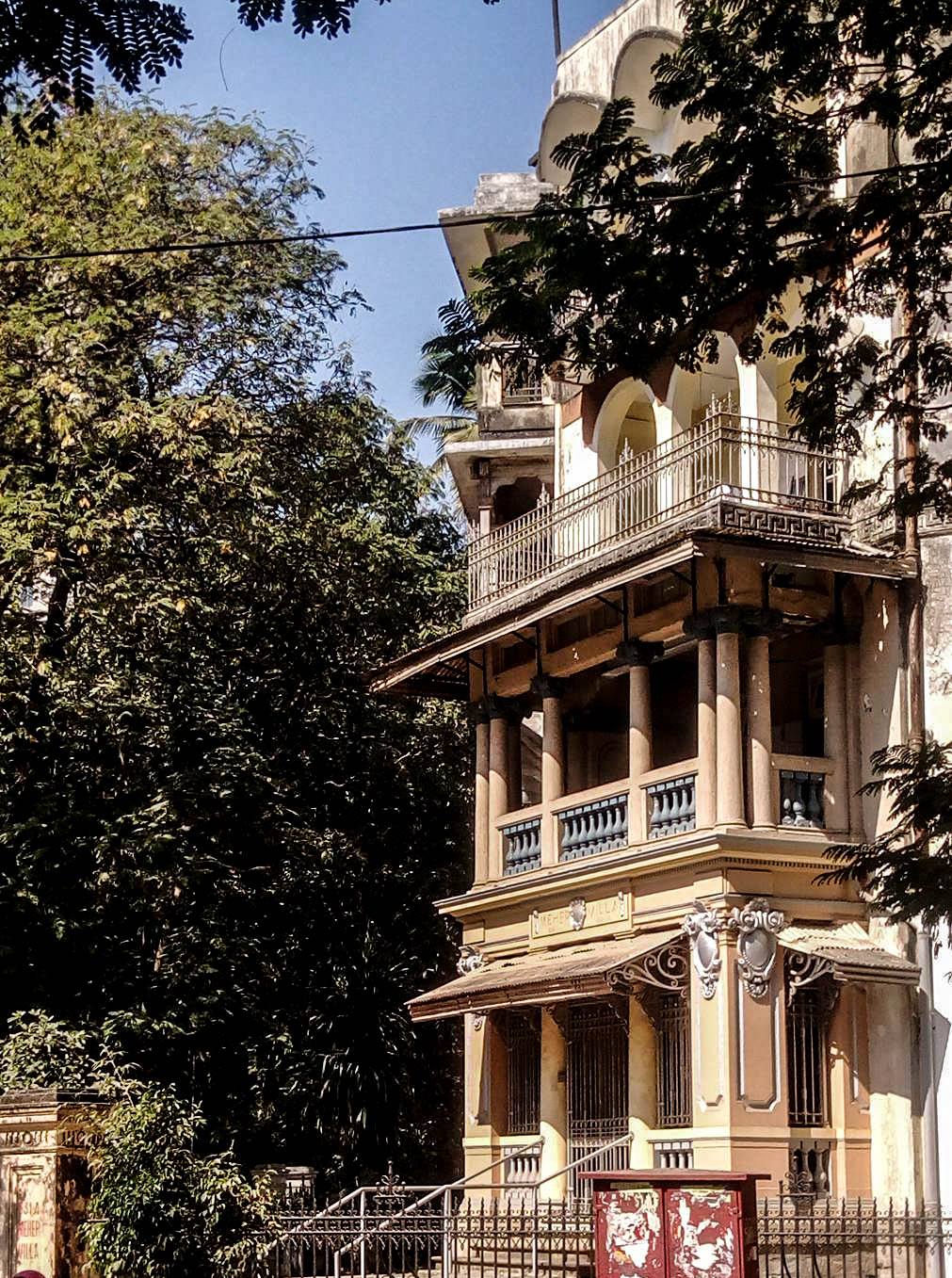Beautiful Architecture
- Mumbai Fixers
- Beautiful Architecture
Discover
Beautiful Architecture

Powai
Powai, once a collection of tiny villages and farmland, underwent a dramatic transformation. In the 1830s, it was owned by a Parsi merchant who grew crops like rice and mangoes. By 1890, the British built Powai Lake to supply water to Mumbai. In 1943, the area became industrial with Larsen & Toubro's establishment. Finally, from 1985 onwards, a single entrepreneur developed Powai into a modern residential area with malls, schools, and hospitals. This "city within a city" boasts upscale architecture, attracting Bollywood and even Hollywood films.

Matunga
Matunga, a Mumbai neighborhood developed in the early 1900s, is bordered by Mahim, Dadar, Wadala, Dharavi, Sion, and Antop Hill. Accessible by multiple train lines, Matunga was historically undeveloped. After a citywide plague, the British implemented a development plan in 1899. This plan accommodated many people, with the Matunga area specifically attracting a Tamil community. As a result, Matunga has several Tamil temples. Two interesting landmarks are the Dadar Parsi Colony, one of the world's largest Zoroastrian enclaves, and Maheshwari Udyan (formerly Kings' Circle). Once a sparsely populated area, Matunga is now a thriving cosmopolitan neighborhood.

